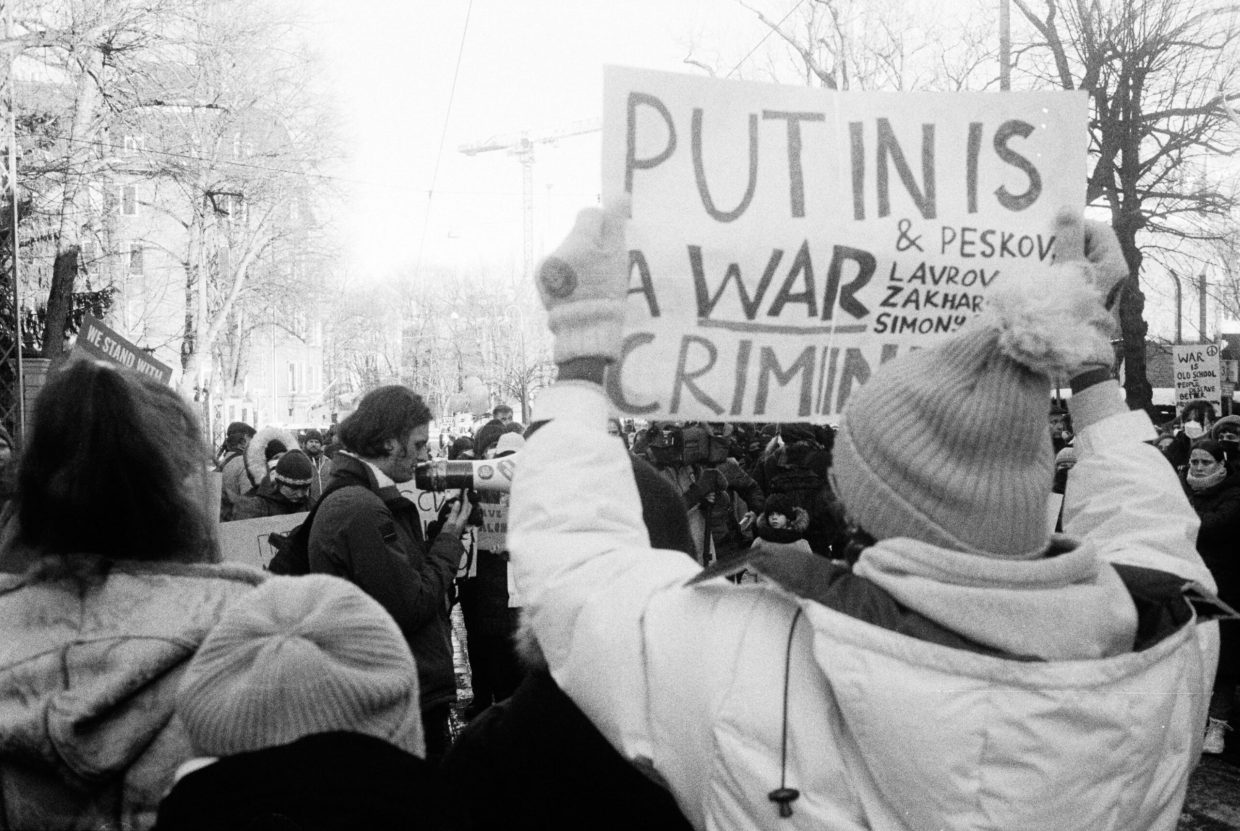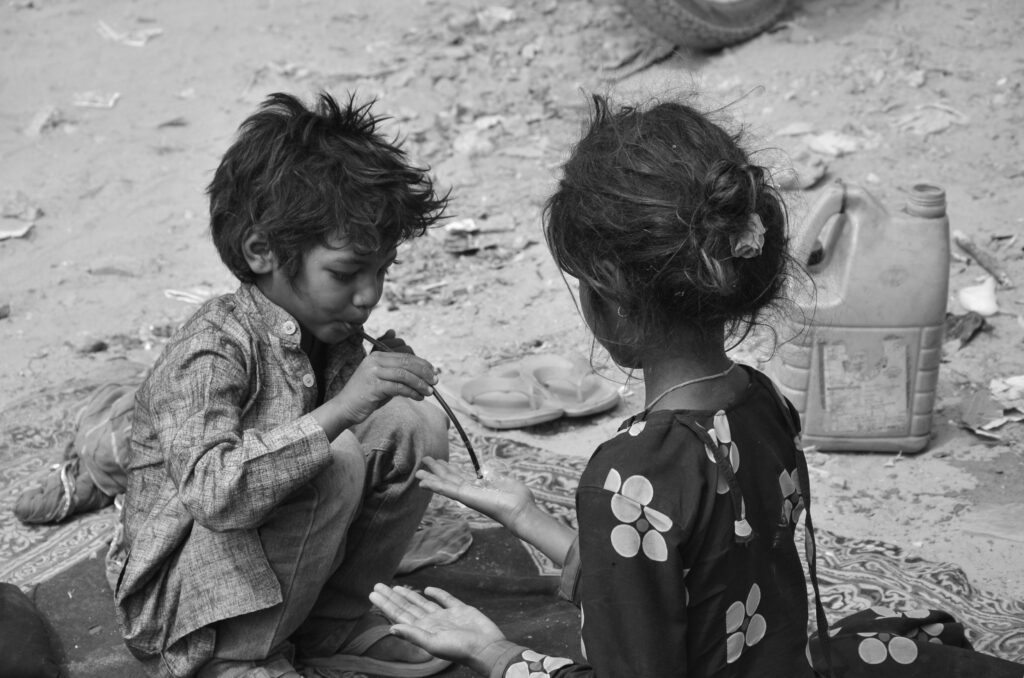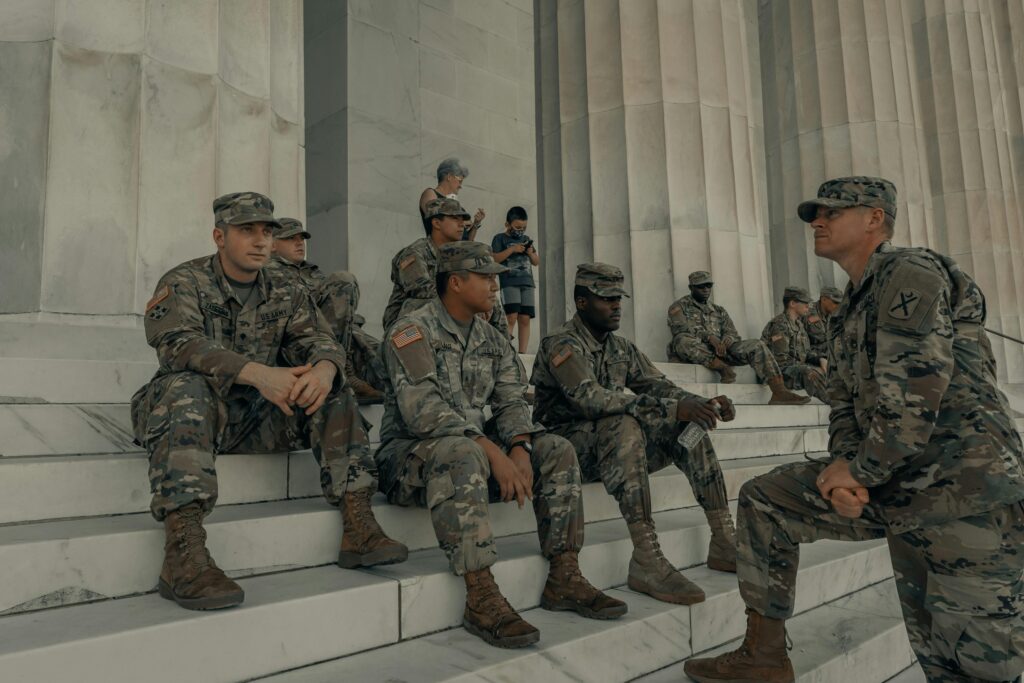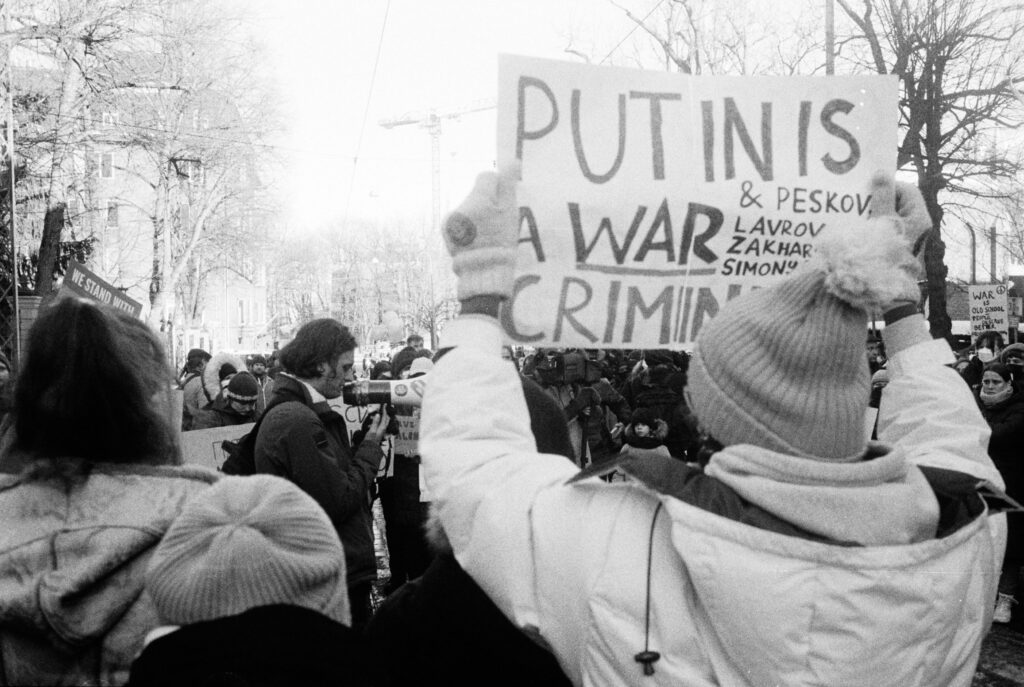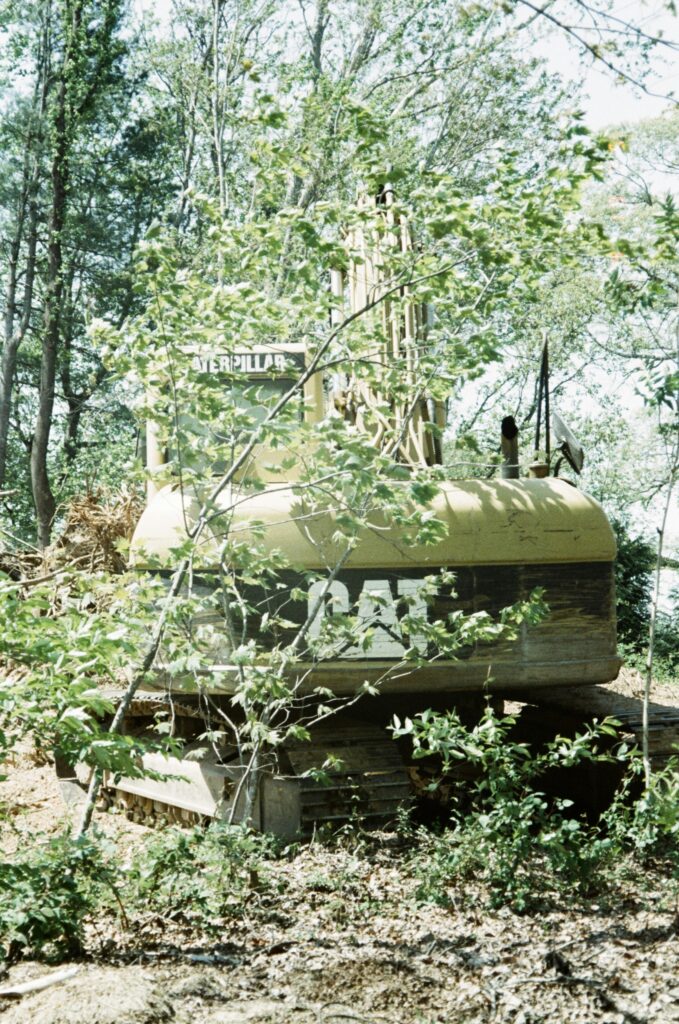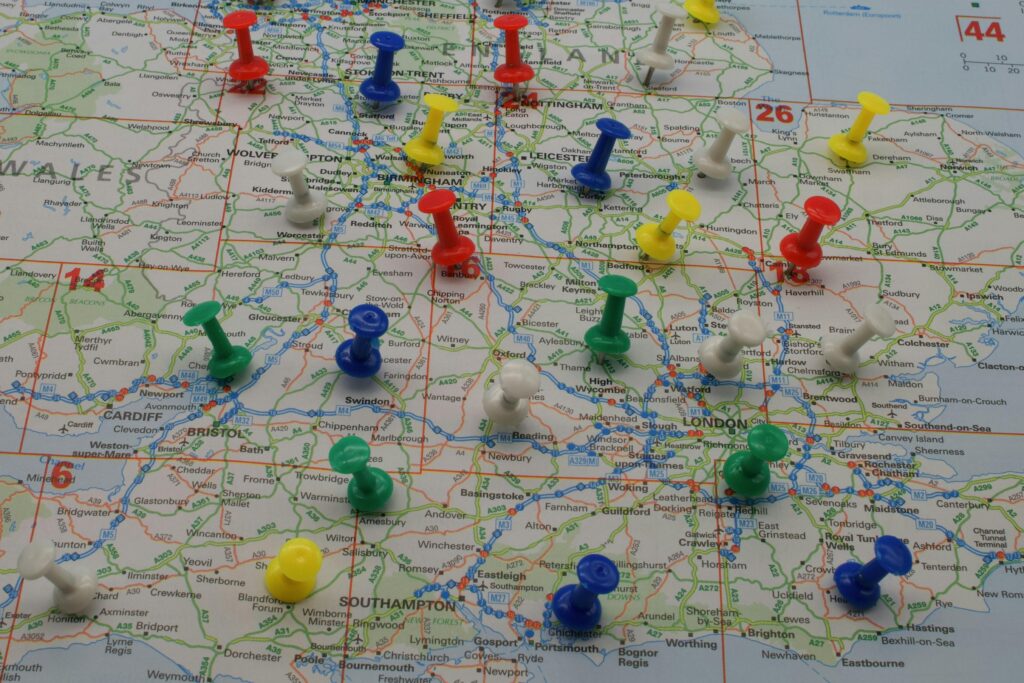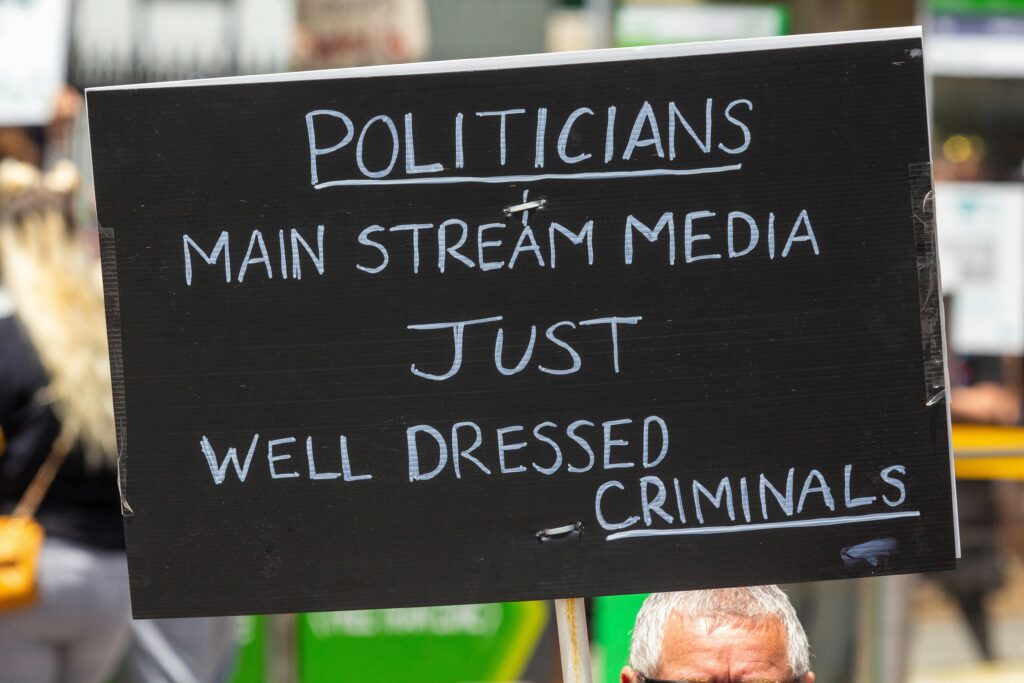In an era where global conflicts often unfold in remote or restricted regions, uncovering the harsh truths behind war crimes has become both more challenging and more urgent. Non-governmental organizations (NGOs) have emerged as crucial watchdogs, tirelessly investigating and documenting atrocities that might otherwise remain hidden. Armed with innovative technology, field investigations, and a network of local informants, these groups shine a light on human rights abuses and provide vital evidence for international justice. In this article, we delve into the methods NGOs use to unveil war crimes, the obstacles they face, and the impact their work has on holding perpetrators accountable worldwide.
Table of Contents
- The Role of Grassroots Networks in Gathering Eyewitness Testimonies
- Leveraging Technology and Open Source Intelligence to Track Atrocities
- Navigating Legal Frameworks and Collaborating with International Bodies
- Best Practices for NGOs to Ensure Accuracy and Protect Sources in Conflict Zones
- Concluding Remarks
The Role of Grassroots Networks in Gathering Eyewitness Testimonies
In conflict zones, where official channels are often inaccessible or compromised, grassroots networks become the indispensable eyes and ears on the ground. These local actors — community leaders, activists, and trusted residents — serve as vital conduits for collecting firsthand accounts of atrocities that might otherwise remain hidden. Their proximity to events enables them to capture nuances and details critical to building credible evidence. Through mobile technology and encrypted communication, these networks relay eyewitness testimonies swiftly and securely, helping NGOs piece together timelines and verify incidents with greater accuracy.
The efficacy of grassroots data collection rests on several key elements:
- Trust and Cultural Insight: Local networks understand the cultural and social fabric, facilitating sensitive and respectful engagement with witnesses.
- Rapid Response: Immediate documentation of testimonies prevents crucial evidence from being lost or tampered with.
- Verification Layers: Cross-checking within the network and independent sources minimizes misinformation.
By empowering communities to document and share their experiences, NGOs transform grassroots networks into powerful engines of accountability, ensuring that even the most remote and volatile war zones do not escape the global gaze.
Leveraging Technology and Open Source Intelligence to Track Atrocities
In today’s digital landscape, nongovernmental organizations (NGOs) harness a powerful arsenal of technological tools and open source intelligence (OSINT) to unmask war crimes with unprecedented accuracy. By analyzing satellite images, social media posts, and geolocation data, they piece together detailed timelines and corroborate eyewitness accounts. Advanced software can detect patterns such as troop movements or weapon deployment, while machine learning algorithms sift through vast volumes of online content to flag potential human rights violations. This fusion of technology and human expertise transforms fragmented data into compelling evidence that withstands scrutiny in international courts.
Key technologies and OSINT methods include:
- Satellite and drone imagery analysis for real-time conflict mapping
- Social media monitoring to track eyewitness reports and propaganda
- Automatic language translation tools to access diverse local sources
- Digital forensics to authenticate videos and photos of atrocities
- Collaborative platforms that enable cross-border information sharing
By democratizing access to these digital tools, NGOs empower local communities and global watchdogs alike, leveling the playing field against perpetrators who rely on secrecy and misinformation. This transparency not only accelerates accountability but also amplifies the voices of victims, forging a new front in the fight for justice.
Navigating Legal Frameworks and Collaborating with International Bodies
Working within complex international legal frameworks demands that NGOs possess deep expertise in both national and international laws related to armed conflict and human rights. These organizations meticulously align their documentation practices with established legal standards to ensure the admissibility of evidence in courts such as the International Criminal Court (ICC) or ad hoc tribunals. This often involves rigorous fact-checking, maintaining chain of custody for evidence, and engaging legal experts who interpret nuanced statutes. By mastering these legal intricacies, NGOs convert raw data into powerful instruments of justice that stand up in the face of intense scrutiny, effectively turning frontline accounts and photographic evidence into credible case studies.
In addition to navigating legal complexities, NGOs actively partner with international bodies—such as the United Nations, Interpol, and various human rights coalitions—to amplify the impact of their findings. These collaborations enable the sharing of intelligence, joint investigations, and coordinated advocacy efforts, which significantly increase pressure on perpetrators and help mobilize diplomatic and humanitarian responses. Key strategies include:
- Leveraging UN mechanisms: Utilizing bodies like the UN Human Rights Council to submit reports and trigger investigations.
- Establishing rapid response networks: Coordinating with international experts to verify incidents swiftly.
- Pooling technical resources: Sharing satellite imagery, forensic analysis, and digital verification tools across organizations.
Through these dynamic partnerships, NGOs strengthen the global framework for accountability, ensuring that war crimes do not go unnoticed or unpunished.
Best Practices for NGOs to Ensure Accuracy and Protect Sources in Conflict Zones
Operating in conflict zones demands a rigorous commitment to verifiable evidence while safeguarding the identities of vulnerable informants. NGOs implement stringent protocols for data collection, such as triangulating testimonies from multiple independent sources and cross-referencing satellite imagery with on-ground interviews. This layered approach not only enhances the credibility of the findings but also mitigates risks associated with misinformation or propaganda. Employing cutting-edge digital tools, such as encrypted communication channels and secure databases, ensures that sensitive information remains confidential and resilient against unauthorized access. Field teams are trained extensively on ethical interviewing techniques and situational awareness to navigate volatile environments without compromising the safety of witnesses or staff.
Protection of sources is paramount, especially when survivors or local contacts face potential retaliation. NGOs often anonymize all data, stripping identifying details before disseminating reports or sharing with international bodies like the United Nations. Additionally, dynamic risk assessments are performed continuously, enabling rapid adaptation to shifting threats on the ground. Local partnerships with trusted community organizations provide a vital layer of contextual insight, enabling NGOs to work discreetly and honor the dignity of those affected by conflict. By upholding these best practices, NGOs contribute authoritative documentation that can underpin legal accountability while placing human security at the forefront.
Concluding Remarks
In a world where conflict often unfolds in the shadows, NGOs stand as tireless watchdogs, shedding light on the darkest chapters of war. Their commitment to uncovering and documenting war crimes not only brings perpetrators to justice but also ensures that the stories of victims are heard and remembered. As technology evolves and global awareness grows, these organizations continue to adapt, pushing the boundaries of investigative journalism and human rights advocacy. Ultimately, their work reminds us that accountability is possible, and that even amidst devastation, there are those dedicated to preserving truth and fighting for justice worldwide.


